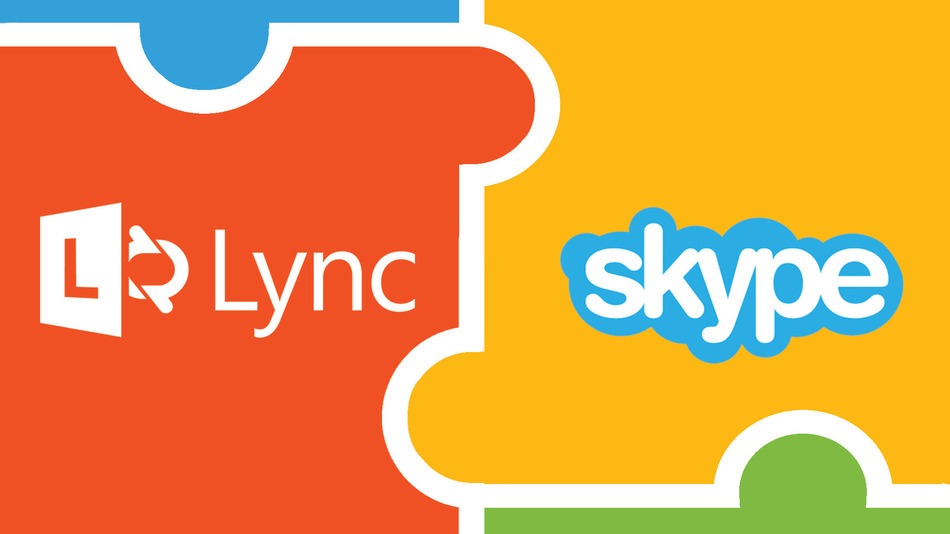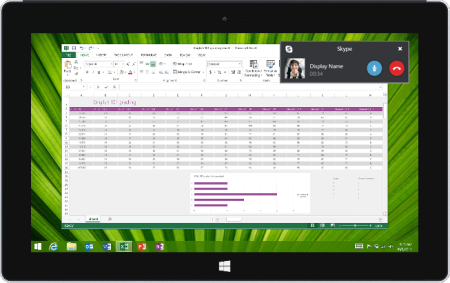Microsoft’s Lync to be Reintroduced as ‘Skype For Business’ in Early 2015

Microsoft recently announced that the company is converging Lync, professional video conferencing service with Skype which will be called Skype for Business. The company lately announced the name change as well as some target dates for the next versions of the offering.
The move comes as a part of Microsoft’s strategy to ‘re-invent productivity’ for all, not just business. Hence, offering a unified experience across services so consumers and businesses have similar experiences.
“Large enterprises know Lync, and consumers all know Skype,” said Gurdeep Pall, Corporate Vice President, Lync and Skype, Microsoft. “If you’re a small or medium business, you’re kind of lost. You feel, ‘Is Lync for me? Is it too heavy duty? But Skype definitely feels too light for me.’ We think that by having this one consistent brand, we are able to reach all the constituents in that spectrum.”
The company promised that Skype for Business will remain an Office 365 exclusive service when it replaces Lync sometime in the first half of 2015. Microsoft Lync, earlier known as Microsoft Office Communicator, uses Microsoft Lync Server, the software infrastructure for enterprise instant messaging, Presence, VoIP, Video Conferencing, and so on. Microsoft said Skype for Business will offer a new client experience as well as a new server release.
“We thought the most important convergence path was to feel familiar,” said Pall. “We have not yet landed on the right model for when you have two identities, and you’re trying to juggle them on the same experience. We are finding our path.”
Skype for Business essentially uses all of the capabilities of Lync, including content sharing and telephony. Microsoft said that transferring a call now takes only one touch or click instead of three. In other words, Skype for Business will essentially be Skype with Lync’s enterprise security, compliance, and control feature.
Back in 2011, when Microsoft bought Skype, the long-term goals of the company were unclear behind having two separate services that could do video chat. Now that the company is converging both of them, it makes a lot more sense as Skype has already become a household name in the field of video conferencing.























